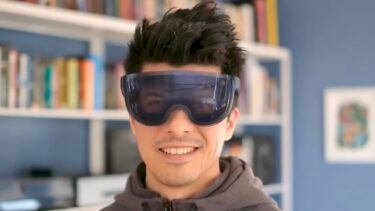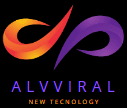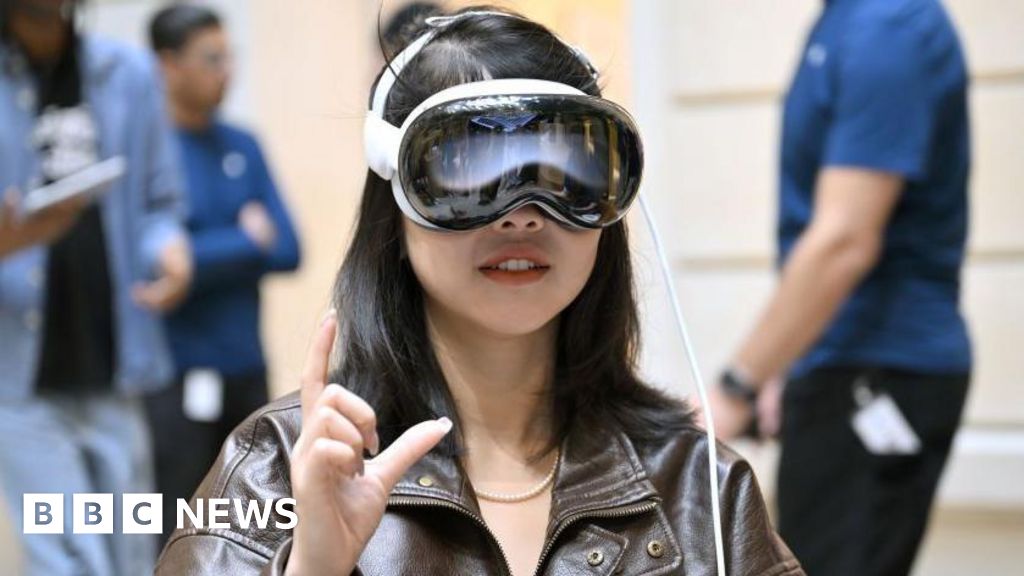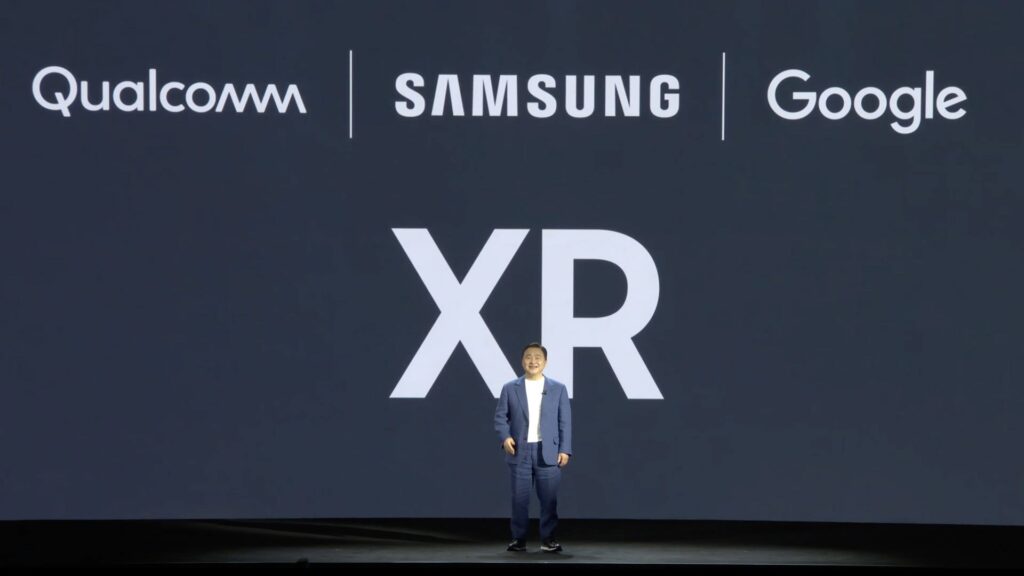
Image: Meta
Artikel kann nur mit aktivitem JavaScript is written. Bitte activiere JavaScript in your browser and lade die Seite neu.
Where might Meta Quest be in seven years, in purely technical terms? Meta CTO Andrew Bosworth makes some predictions.
Metaverse theorist Matthew Ball published a lengthy and fascinating interview with Bosworth this week. In it, he asks the CTO where he thinks Meta can go and wants to get headsets in the next seven years.
Of course, Bosworth’s statements are not binding and should only be taken as a rough estimate. But it will be interesting to make a comparison in seven years between what Meta (or Bosworth personally, for that matter) hoped for and what actually happened.
For full context, I recommend reading Bosworth’s full response. In this article, I will select only a few passages from his response.
Meta Quest in 2031: What Meta’s CTO hopes for
RESOLUTION
Meta aims for a pixel-per-degree (PPD) of at least 45, but ideally, it would be better to go higher, says Bosworth. For comparison: the Meta Quest 3 is at 25 PPD, and the Apple Vision Pro is at around 35 PPD.
“You really want to get to at least 45 is where text gets really good. 60 is actually probably half retina resolution, but you won’t actually be able to tell for reasons I won’t go into so you really want to get into the 50-60 pixels per scale range, it starts to get pretty good after 40.”
Field of view
Bosworth doesn’t give a specific number and talks about a “good field of view”. He hints that it won’t be tighter than Quest 2 and 3, as that would detract from the experience. Based on his comments, I’d say a much larger scope isn’t at the top of Meta’s priority list.
“So you want to be in a wide view of the given field, so you’re not constantly looking at the edge of it. And actually I think the higher field of view is more important than the wider field of view for diving .Of course the wider field of view is more important to us as a species in terms of information density because our eyes see more horizontally, but vertical is a good way to convince you that you are immersed in a space in a deceptive way.
Form factor and weight
Bosworth says comfort is an “extremely important part” for him.
It’s sticking to the Quest’s standalone form factor, meaning no external hardware or cables. With that in mind, he says he hopes the weight can be reduced by 100 to 200 grams over the next seven years, though factors other than weight are also significant: how the device is balanced and how far the optical stack is from the face.
The Quest 3 weighs 515 grams with the standard soft headband, which is more than the Quest 2, but the newer headphones are still more comfortable due to the slimmer form factor enabled by the much thinner optical stack.
Audio
Stereoscopic audio is already on the right track and will continue to improve, according to Bosworth. He suggests that in seven years there may be an optional alternative to today’s open ear solution.
“There are some limitations to what you can do when you’re opening the ear, so you can do the closed ear. We can give people the option over time. We kind of do today with the headphone jack.”
Frame rate
The 120Hz maximum frame rate supported by the Quest 2 and Quest 3 also “feels pretty good.” To go beyond that, the Meta would have to make compromises in other areas of the product, something Bosworth is skeptical about.
Eye tracking and interlaced rendering
Bosworth does not explicitly mention eye tracking, but he does mention the interpretation of foveted.
“So for your viewing, I think boosted rendering, I think, holds real promise in unlocking the ability to upscale.”
Hardware diversity
Ultimately, Bosworth hopes that in seven years there will be a wider range of headsets that specialize in specific areas, as opposed to the all-encompassing Meta Quest. To that end, Meta plans to license its VR operating system to OEMs.
“More flexibility is one of the things that we continue to build into these systems, especially as you look at it now, to come full circle, what I really hope will be the case in seven years is that you have a group largest headset to choose from, all of which are capable of running the ecosystem that is tailored to your use case.
If you’re a gamer and you’re used to an ASUS ROG monitor pushing 240 hertz, well, is there an equivalent headset you can make that will give you that experience? It will make sacrifices elsewhere to do it, but this is a choice you should hopefully be able to make. Because in seven years we won’t be free of these fundamental trade-offs of weight, cost and performance, etc. In fact, it is to choose one and a half of these three. It’s not even picking two.”
More background on the article image
Meta has unveiled a number of futuristic VR research prototypes in recent years, including Starburst, Holocake 2, Butterscotch Varifocal, and Flamera. Meta calls these “time machines,” and they’re designed to give researchers a glimpse into the future of display systems that support features such as varifocal, retina, or HDR resolution. The aim is to assess their impact and importance. These prototypes are not intended for production.
Two years ago, Meta described the Mirror Lake research concept as a distant goal: a futuristic VR headset that combines many of the display systems and other technologies that Meta has been developing over the past decade into a thin, compact device. easy.
In 2023, Meta showed a rendering of the Mirror Lake (see article image and video above) and claimed that such a device could theoretically be built today. However, we should not expect commercialization in the near future, as this type of technology is too expensive to produce for a consumer product. Mirror Lake is more of a vision of what a VR headset might one day look like than a tangible reality.
Note: Links to online stores in articles may be so-called affiliate links. If you purchase through this link, MIXED receives a commission from the provider. The price does not change for you.
#Meta #Quest #years #Meta #CTO #predictions
Image Source : mixed-news.com


